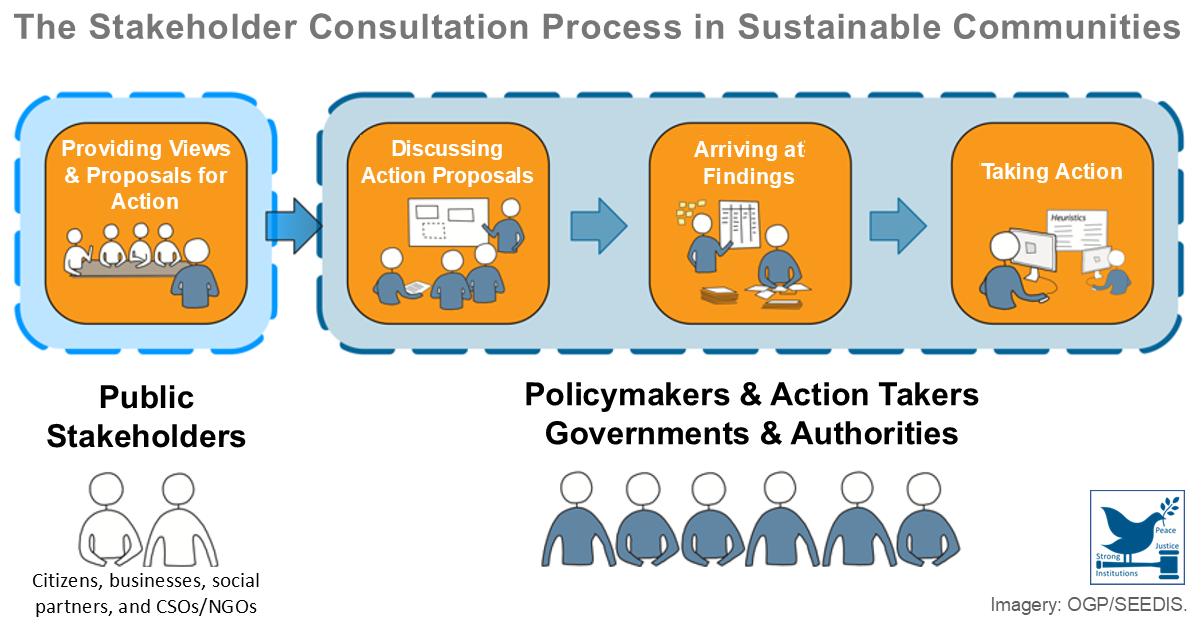The vertical integration of property developers allows for effective project development risk management. As a business model, it enables risk management across all phases of the development process and the value chain.
Large construction groups are commonly vertically integrated. A development project is vertically integrated when it is controlled by the same owner and its affiliated group companies are engaged in different capacities throughout the project life cycle. They own the land and control the construction, financing, leasing, and project management.
For vertical development, an affiliated company commonly acts as the development manager, project manager and general contractor, allowing the group to more effectively manage and leverage its productive resources. Group involvement in the project may continue post-construction as facility manager and asset manager.


Integrated project delivery leads to single-source contracting and single-point accountability, where the firm is responsible for all aspects of design and construction of a development project, while fostering inherent collaboration between participants throughout project delivery. Where separate firms are responsible for the design and construction (multipoint accountability), fragmentation occurs and risks increase.
The commonly cited benefits of vertical integration are:
- Cash flow internalization – Earnings from developing properties are retained within the group;
- Combined professional capabilities – The group utilizes the depth and breadth of the different professional skills;
- Better information – Information is integrated and transferred between the units within the company group;
- Increased flexibility in project delivery – Work carried out in-house allows for timely project adjustment to changing circumstances;
- Increased bargaining power – The well-informed professionals increase flexibility and improve the developer's negotiating position towards third-party service providers and suppliers; and
- Improved project pipeline flow – A steady flow of projects to ensure future business for the developer.
Having full control of the sustainability of the development projects, integrated developers determine the adoption and application of the sustainable development principles over the entire project value chain. This makes the group as a whole responsible for the ESG and SDG sustainability of the development projects.

